Picture this: a class of wiggling second graders suddenly motionless, eyes wide, mouths parted in wonder, as the teacher reads the final, suspenseful paragraph of The Miraculous Journey of Edward Tulane. That’s the magic of reading aloud.
In a world buzzing with tech tools and online programs promising to boost reading scores, the humble read-aloud might seem like yesterday’s news. But research and classroom experience tell a different story. Reading aloud to students is still one of the most powerful tools in your teaching toolkit. Whether it’s to start the day, transition between subjects, or anchor your language arts block, a well-chosen read-aloud brings benefits that extend far beyond the story itself.
Let’s dig into the why—and how—of reading aloud.
The Research-Backed Benefits of Reading Aloud
1. Builds Vocabulary and Language Structures
Children’s books contain more sophisticated language than most everyday conversations. According to research from the Journal of Developmental & Behavioral Pediatrics, students encounter up to three times more rare words in children’s books than in prime-time television or even college student conversation. These “rare words” are essential for academic success, especially in reading comprehension.
Reading aloud helps students internalize sentence structure, syntax, and rich vocabulary in context—no flashcards or drill required.

And let me tell you, read-aloud time was my students’ favorite time of the day. I’d pick a book they hadn’t read before, build a little suspense, and as soon as I held up the cover, I’d hear a ripple of excited whispers. My students would beg to be able to read a copy of the book for themselves after our read-aloud session. That kind of book hunger? I’ll take it any day.
2. Strengthens Listening Comprehension
Listening comprehension is a foundational skill that precedes reading comprehension. A study published by the National Institute for Literacy found that reading aloud improves students’ ability to understand, process, and respond to complex ideas—even before they’re able to read those ideas themselves.
That means even students who are struggling to decode can still access high-level thinking skills when stories are read aloud.

And they’re not just listening passively. When I paused to ask questions, we had the best discussions—sometimes even better than during independent reading. Read-alouds give every student a common text to latch onto, regardless of their reading level.
3. Boosts Attention and Engagement
In a read-aloud, the text comes alive. Tone, pacing, character voices—it all turns into a mini-theater production. I would often change my voice to match the characters. If the villain had a grumble, so did I. If the grandmother had a soft, whispery tone, my voice followed suit. This modeled how to read with expression, and soon my students began doing the same in their partner reading and fluency work.
Researchers at the University of Wisconsin found that regular classroom read-alouds significantly increased student engagement and positive classroom behavior. When kids are captivated, they’re more likely to retain and discuss what they’ve heard.

The Emotional Impact: Building a Love for Books
Beyond the academic perks, there’s something deeply personal about being read to. It creates a connection.
That’s why The Read-Aloud Handbook, by Jim Trelease —a beloved classic for decades — emphasizes the bonding and emotional safety that come from shared story experiences. Students associate books with joy, imagination, and a sense of belonging. This emotional link fosters intrinsic motivation to read, a powerful predictor of lifelong reading habits.
One of my favorite moments is when a student quietly slips a copy of our read-aloud from the class library shelf and starts reading it during silent reading time. It’s like a quiet continuation of the story we began together.

Read-Alouds Activate Higher-Level Thinking
When you pause during a read-aloud to ask a “What do you think will happen next?” or “Why did the character do that?”—you’re not just filling time. You’re training students to:
- Make predictions
- Infer character motivations
- Analyze cause and effect
- Compare and contrast situations
- Summarize important events
All of these skills are directly tied to academic standards and reading assessments.
Sometimes I’d jot a question on the board mid-read and let students talk it out after we finished. You’d be amazed at the deep thinking that came out of these conversations, especially from students who were often quiet during whole-group lessons.

Where It Fits in Your Day
Adding read-aloud time doesn’t require a total overhaul of your schedule. Here are a few easy ways to fold it into your routine:
- Morning Meeting: Start the day with a short picture book that introduces a theme or sparks discussion.
- Language Arts Block: Use chapter books to model comprehension strategies, such as visualizing, questioning, or making connections.
- Transition Times: Wind down after recess or reset after a noisy activity with a calming read-aloud.
- Social-Emotional Learning: Choose stories that showcase empathy, perseverance, or other character traits.
- Writing Inspiration: Use rich texts as mentor texts to model dialogue, description, or structure.
Even just 10–15 minutes a day can make a world of difference.

What Should You Read?
A healthy read-aloud diet includes a mix of:
- Picture Books (Yes, Even for Upper Elementary!)
- Chapter books with compelling narratives
- Poetry for rhythm and fluency
- Nonfiction texts for content integration
- Culturally diverse literature that reflects and expands student experiences
The key is to read what you love, because your enthusiasm is contagious.

In Summary
Reading aloud is not an “extra” to squeeze in—it’s a foundation for literacy instruction. The benefits ripple outward: from decoding and comprehension, to vocabulary and fluency, to empathy and imagination.
When you carve out space for daily read-alouds, you’re not just teaching reading. You’re building thinkers, listeners, and lifelong lovers of story.
So go ahead—grab that book, gather your class, and let the magic begin.
Want Help Getting Started Reading Aloud Books?
If you’re looking for ready-to-use comprehension questions, vocabulary prompts, and chapter-by-chapter activities to accompany popular classroom books, I’ve got you covered! I’ve created book companion resources that make your read-alouds even more impactful, with zero prep for you.
Click on the images to see how they can be used in your classroom!
With storytime joy,
Alison
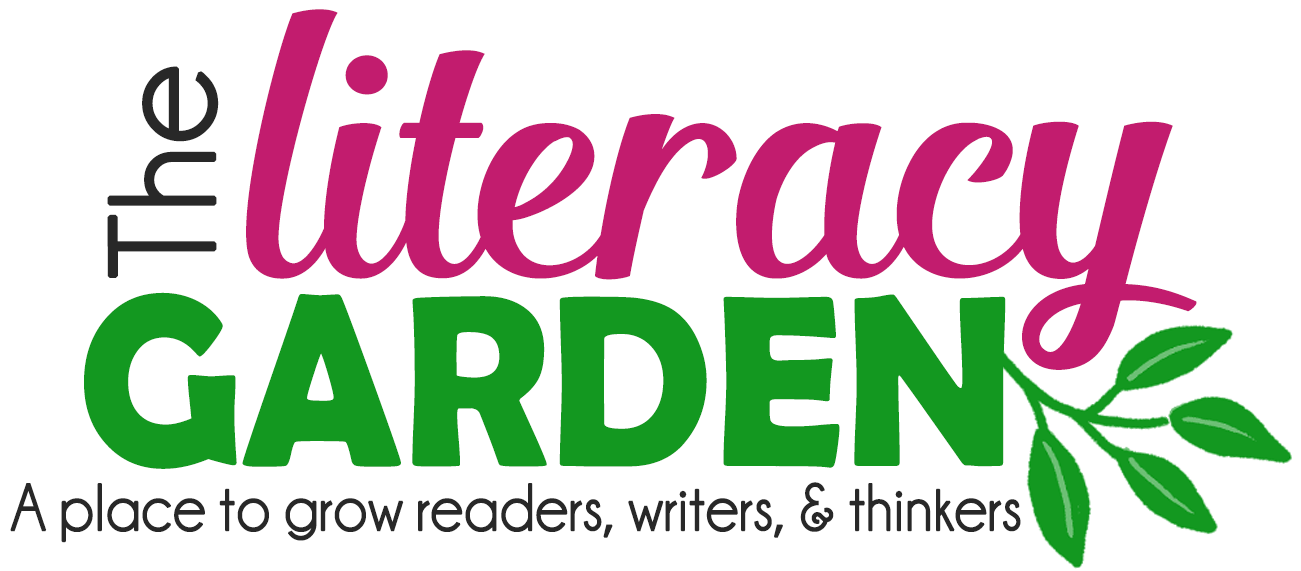




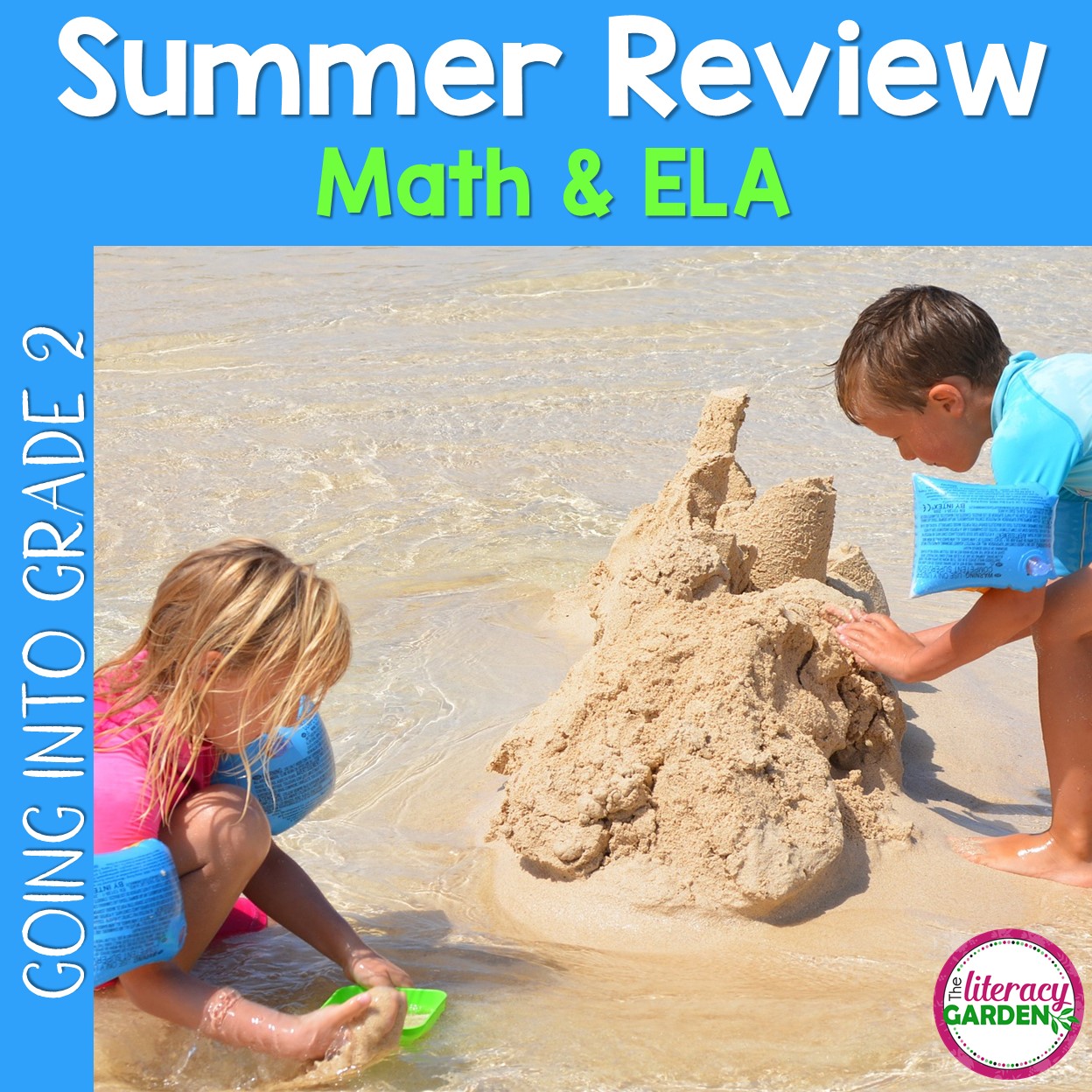

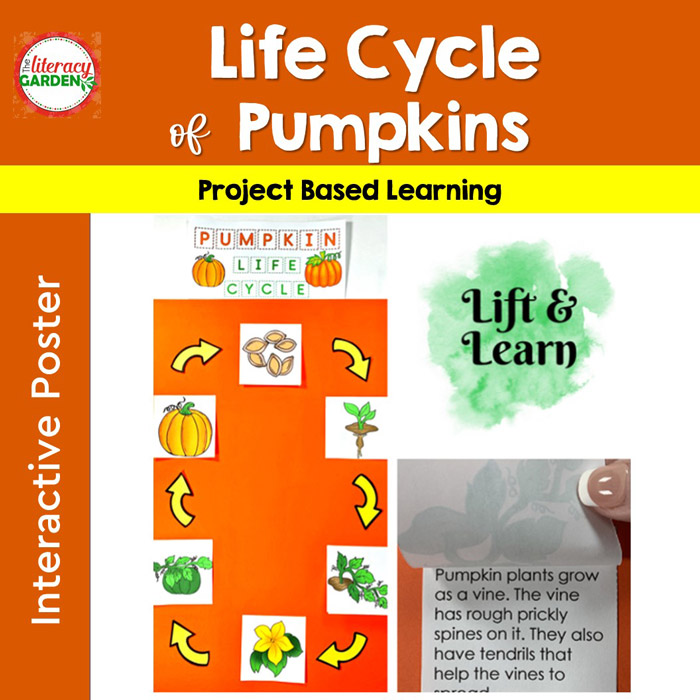
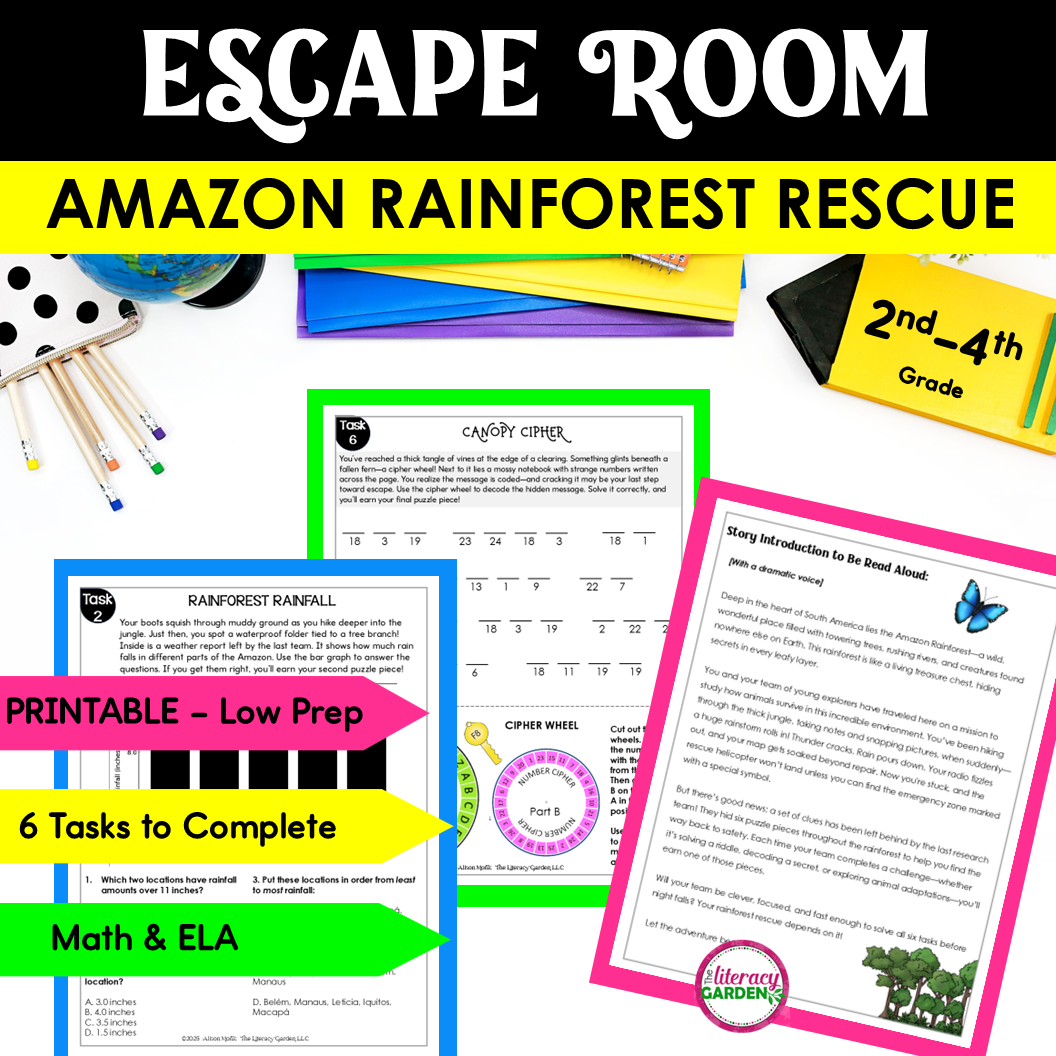
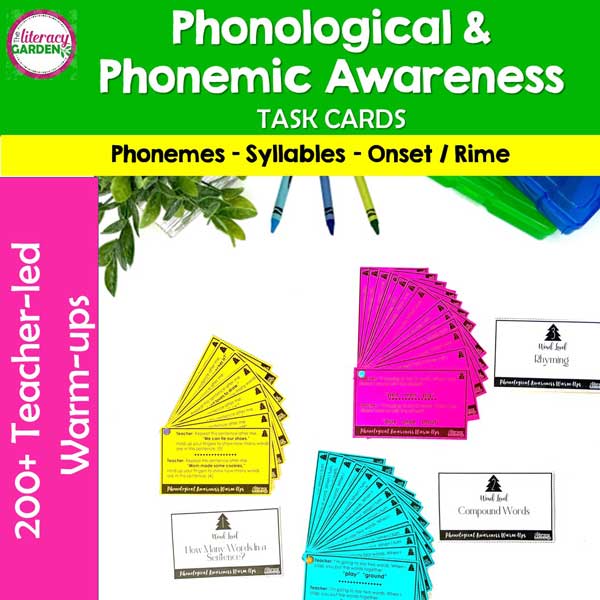
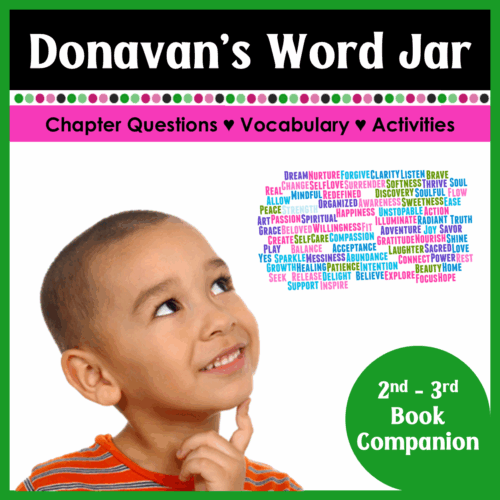

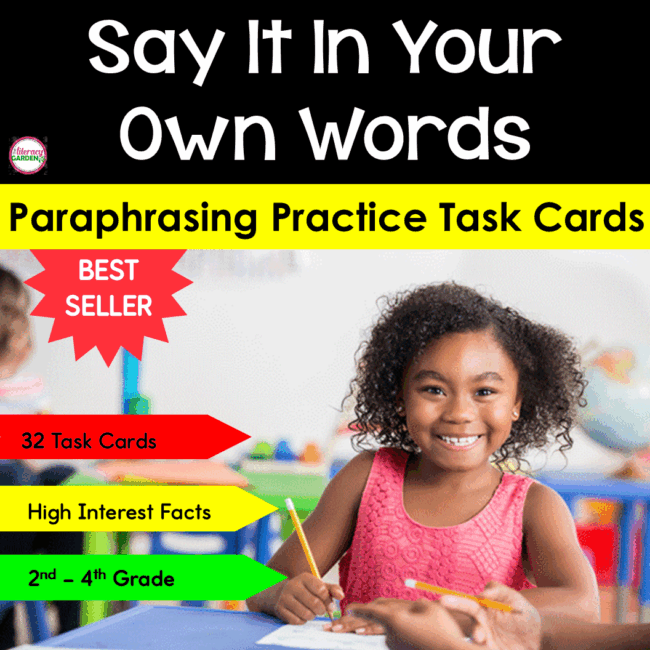
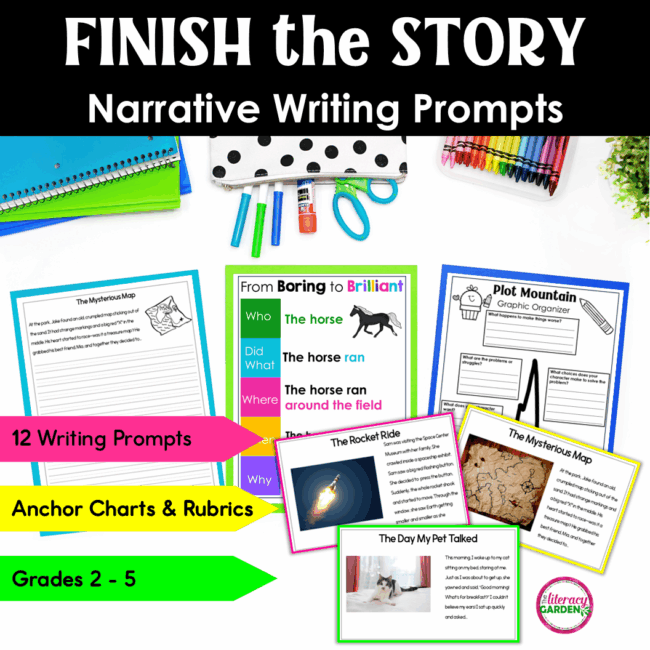



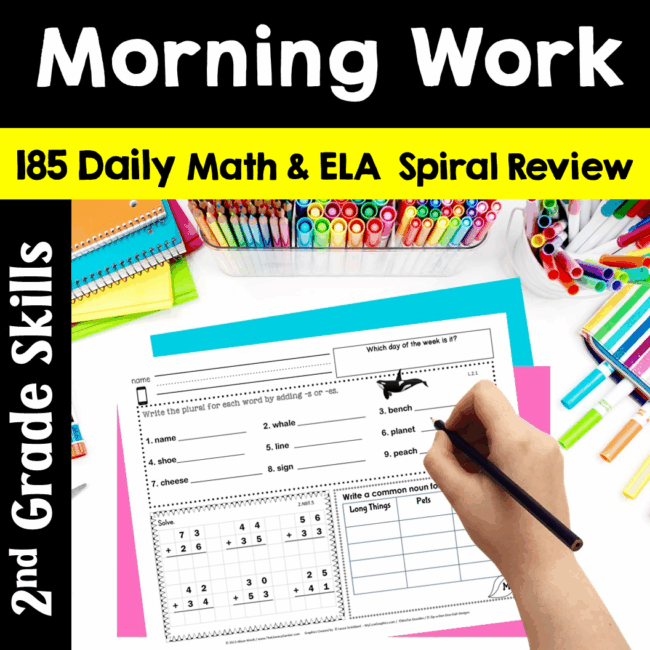
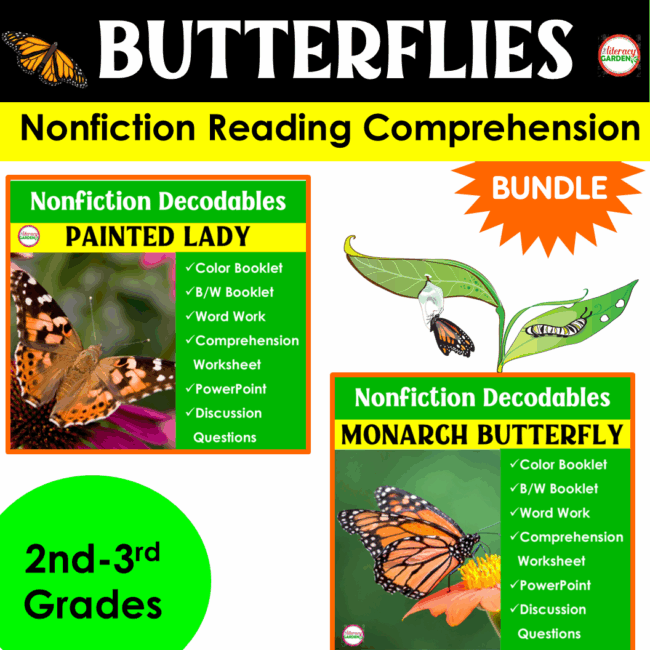

No Comments